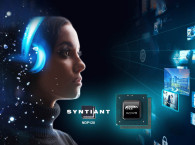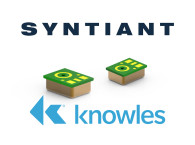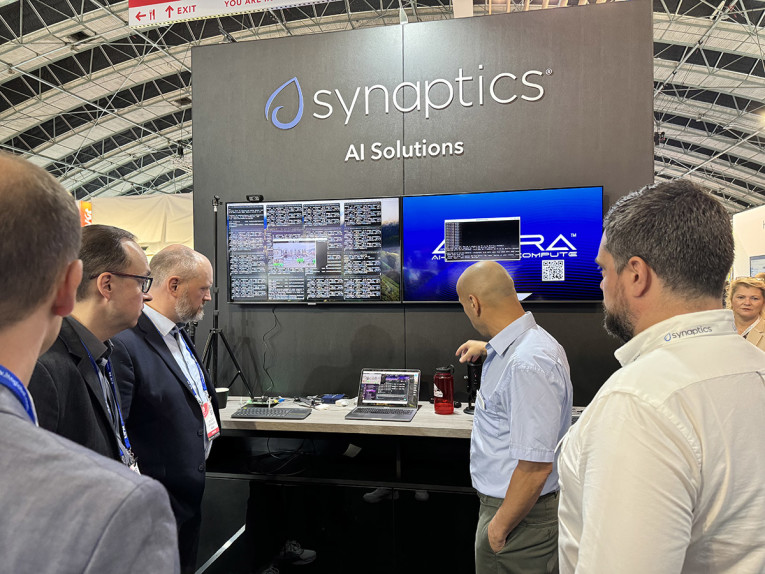
Syntiant's highly accurate, cloud-free, on-device AI voice assistant offers a natural voice interface for human-machine interactions and is ready for integration in low-cost designs such as set-top boxes. According to the Irvine, CA-based company, this SLMA brings the power of a large language model (LLM) to the edge, while eliminating the need to significantly upgrade or replace existing hardware.
"With our technology, AI language models that typically demand extensive computing resources can now operate efficiently on local devices," says Kurt Busch, CEO of Syntiant. "While voice applications for our SLMA extend across many industries, imagine the advantage for set-top box manufacturers. Instead of providing static guides or instructions, manufacturers can now integrate a more dynamic, conversational AI assistant to help users without a Web connection, reducing one of the main customer friction points for service providers."
Syntiant's SLMA is currently being used to power voice interfaces in home appliances, networking equipment, video conferencing systems, among other devices. Coupled with Syntiant's automatic speech recognition (ASR) models, Syntiant's SLMA provides a natural voice-interface at a fraction of the computational cost of LLMs.
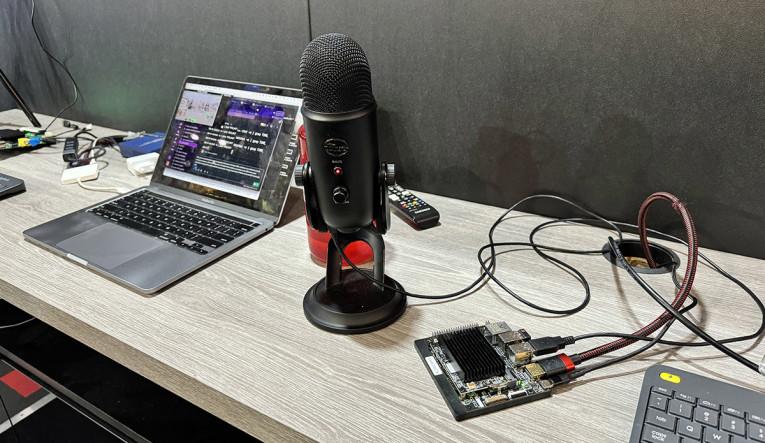
"The integration of Syntiant’s SLMA on our Synaptics Astra SL1680 high-performance, low-power system on chip offers a transformative opportunity, allowing users to control their environments, communicate, and perform tasks with unprecedented ease," says Siddarth Chandrasekar, senior director of product marketing at Synaptics. "As a leader in scalable edge AI processing and connectivity for the IoT, this technology and its associated reference design align perfectly with our mission to help developers quickly deliver intuitive and responsive user experiences."
With only 23 million parameters, Syntiant’s SLMA is highly scalable and can easily run on most existing set top box CPUs. The small language model’s always-on capability ensures continuous interactions anytime, without the limitations of human agents, such as work hours or fatigue.
Syntiant continues to expand development of hardware and software solutions for edge AI deployment. The company’s purpose-built silicon and hardware-agnostic models are being deployed globally to power edge AI speech, audio, sensor and vision applications across a wide range of consumer and industrial use cases, from earbuds to automobiles.
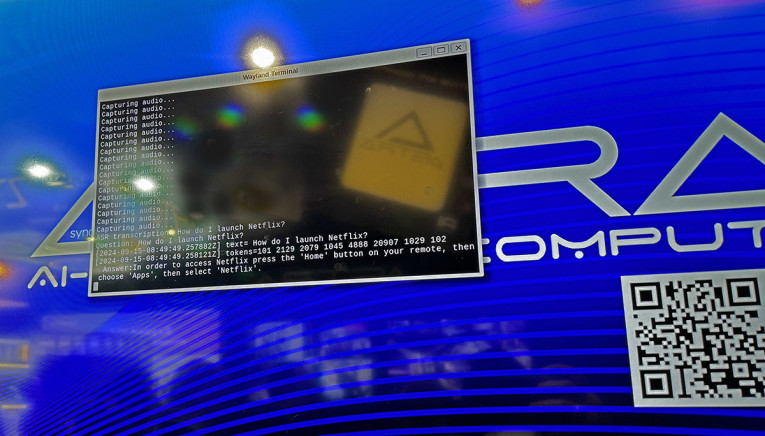
Recently, the company introduced the new NDP250 Neural Decision Processor (NDP), the company’s most powerful chip that delivers 5x the tensor throughput than its previous generation of deep learning hardware. Built using the Syntiant Core 3 programmable deep learning architecture, the NDP250 is designed for person detection, object classification, automatic speech recognition (ASR), text to speech (TTS) and motion tracking, among other applications, running on power-constrained devices.
"Our NDP250 builds on two generations of neural network architectures to deliver 30 GOPS, making it our fastest, highest-performing chip yet," ads Kurt Busch. "The NDP250 with our new Core 3 engine is the ideal real-time speech interface for large language models, and can bring powerful AI to battery-powered, always-on vision applications in automotive security, appliances, cameras, smart displays and video doorbells. With the NDP250, applications that previously required power that was measured in watts can now be done with power measured in microwatts."
Equipped with an Arm Cortex M0 processor and a HiFi 3 DSP to support feature extraction and signal processing for image and voice enhancements, the NDP250’s integrated power management unit allows single power rail operation, where the integrated phase-locked Loop (PLL) provides further system cost and size optimization. With the ability to process multiple heterogenous networks concurrently, the NDP250 also supports convolution neural networks including 1D, 2D and depth-wise, fully connected networks, and recurrent neural networks including LSTM (long short-term memory) and GRU (gated recurrent unit).
www.syntiant.com






